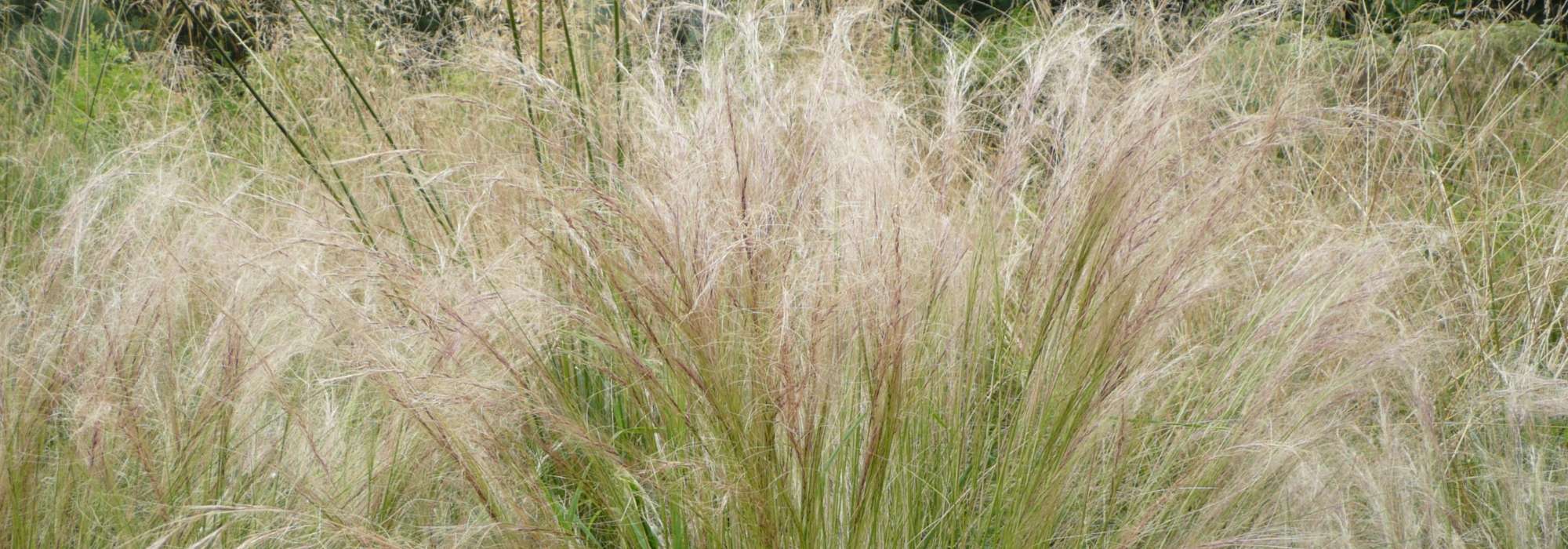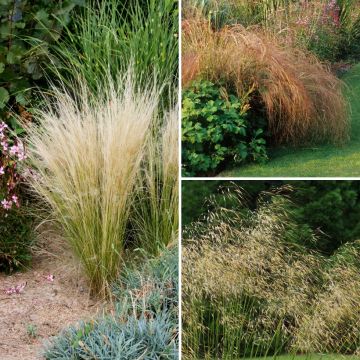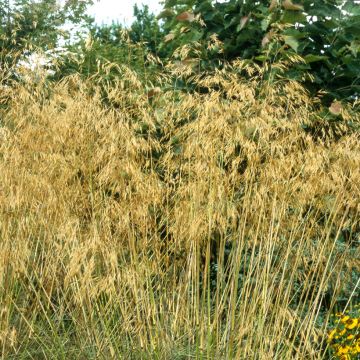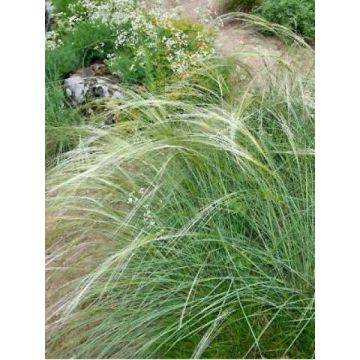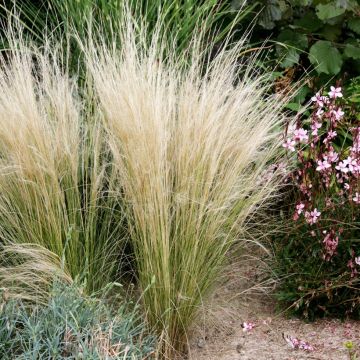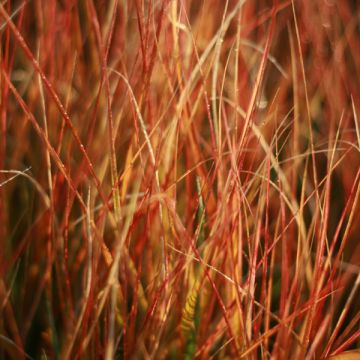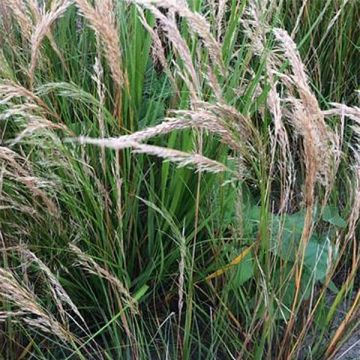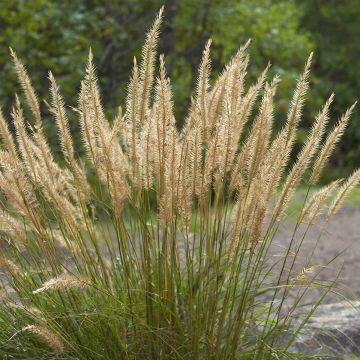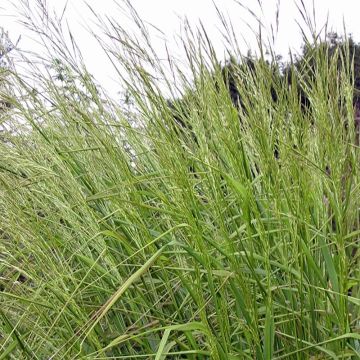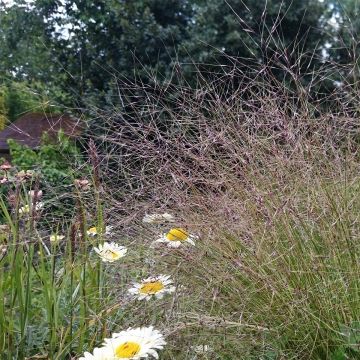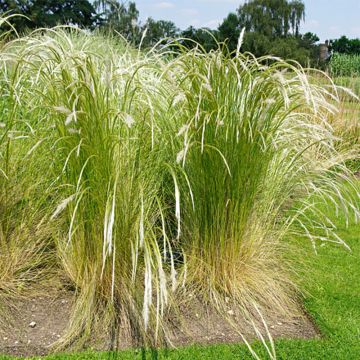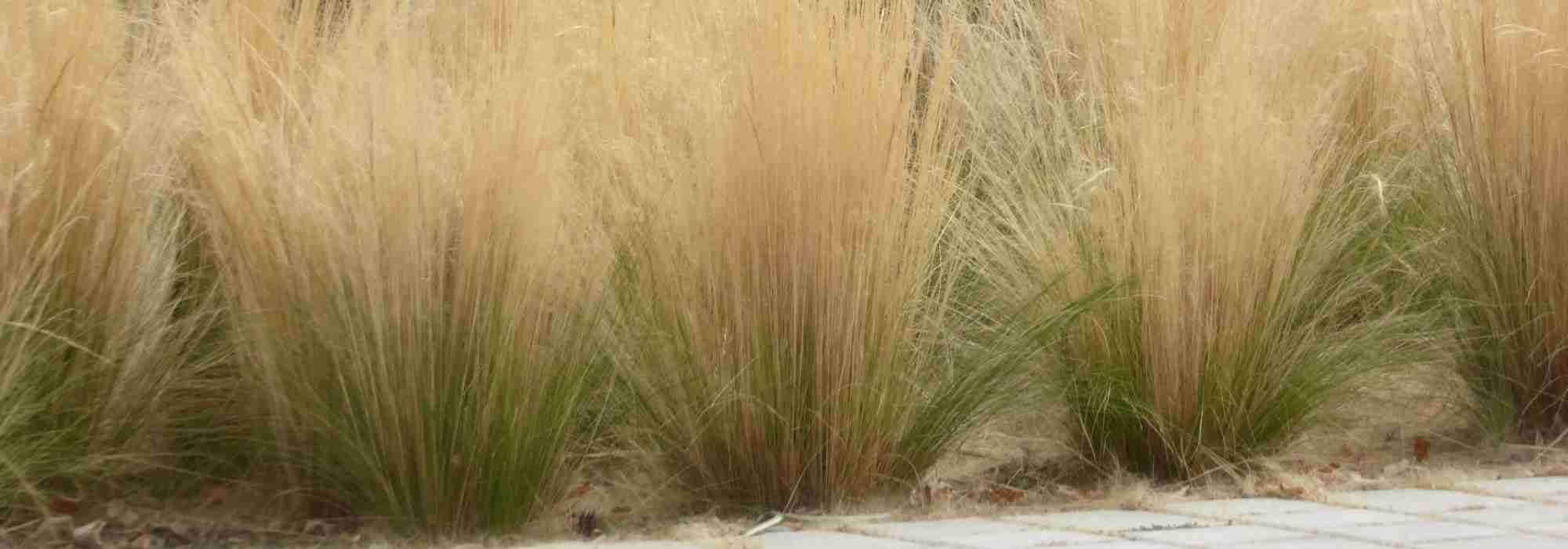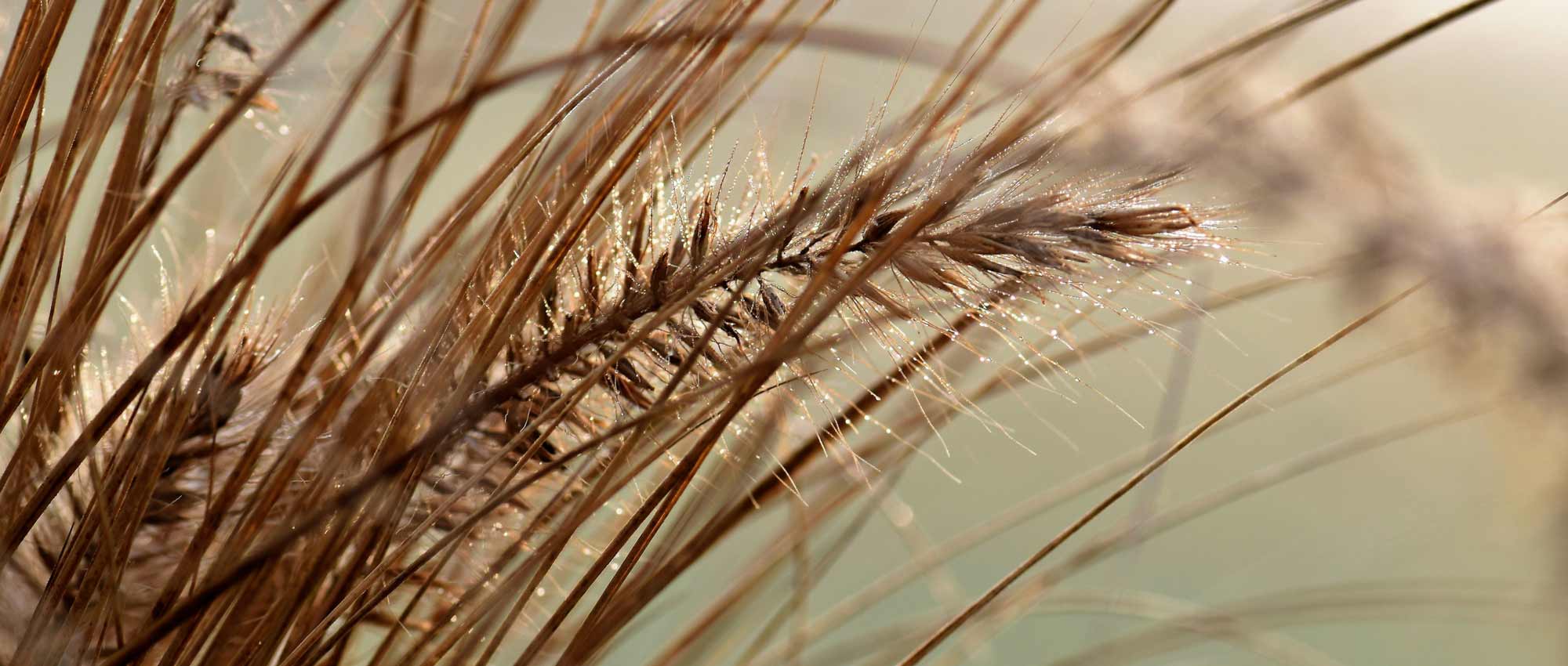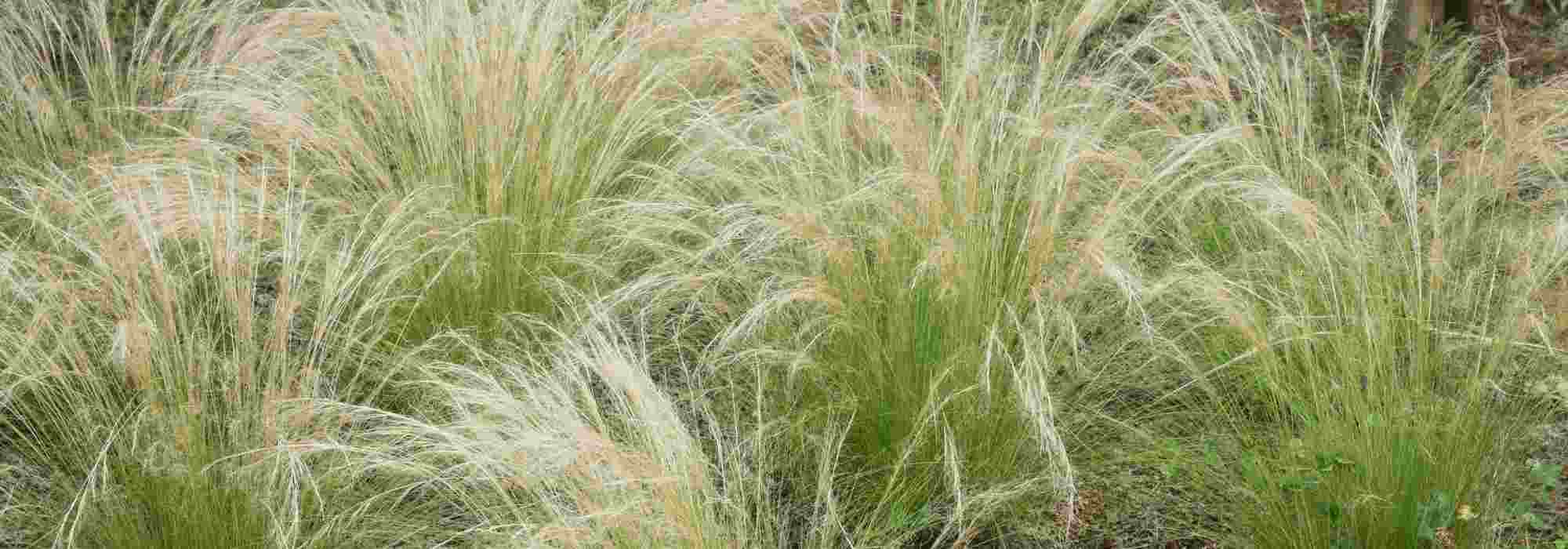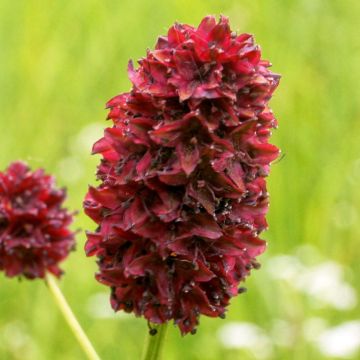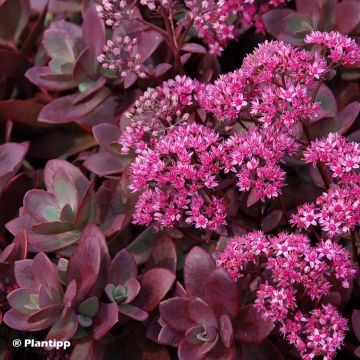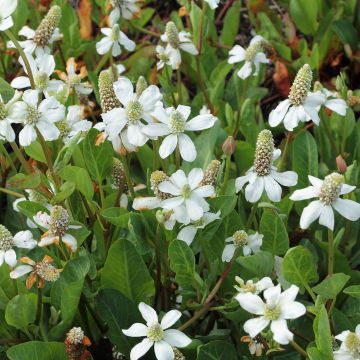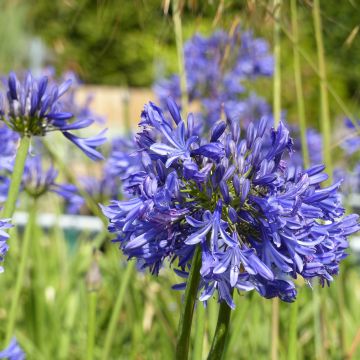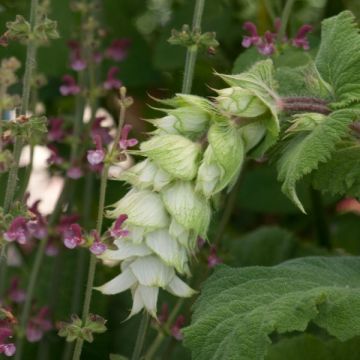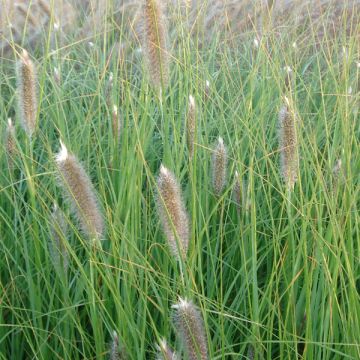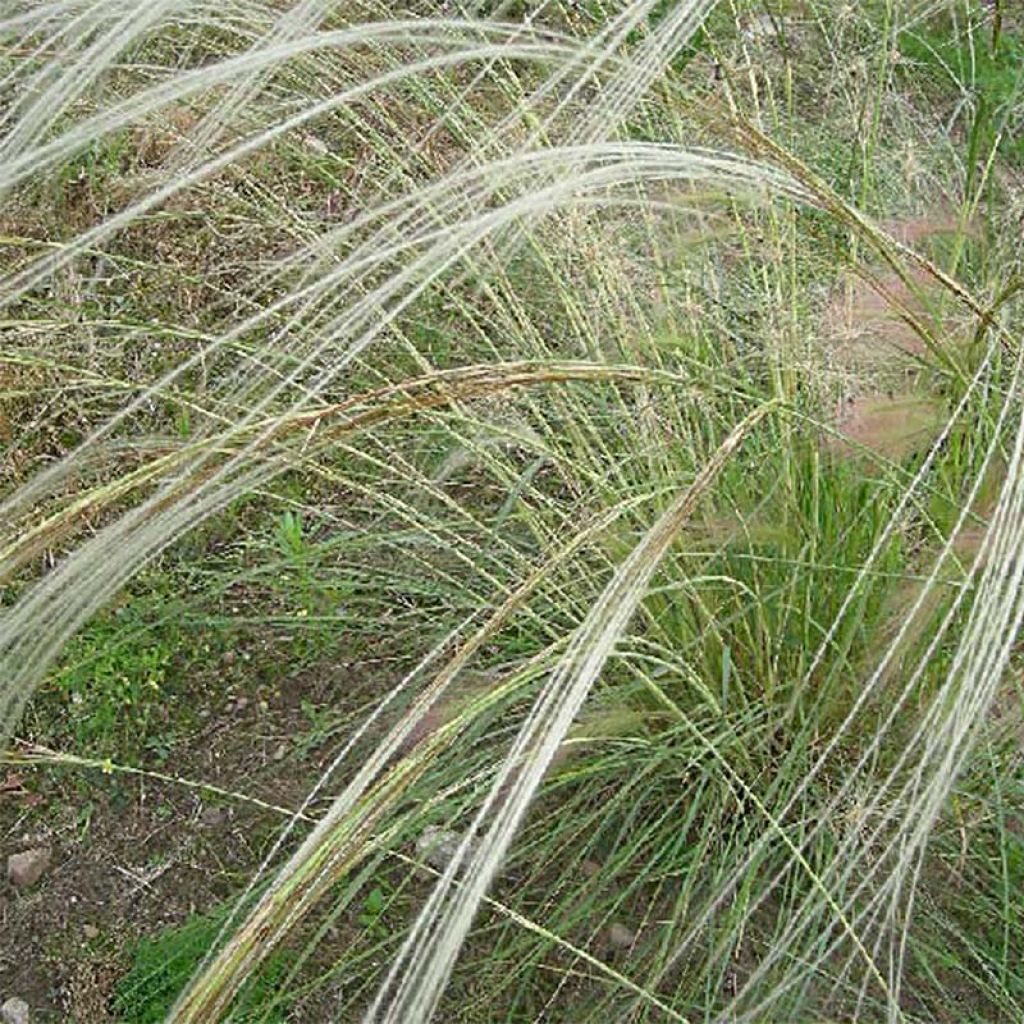

Stipa barbata - Stipe cheveux d'ange.
Stipa barbata
Stipa barbata
Bearded Feather Grass, Silver Spike Grass, Silver Awn Grass
It's a young plant that I love, I would gladly put more of them in the garden, but it's too small for that. I'm looking forward to its growth in spring 2023, post-heatwave assessment.
Md, 30/12/2022
Special offer!
Receive a €20 voucher for any order over €90 (excluding delivery costs, credit notes, and plastic-free options)!
1- Add your favorite plants to your cart.
2- Once you have reached €90, confirm your order (you can even choose the delivery date!).
3- As soon as your order is shipped, you will receive an email containing your voucher code, valid for 3 months (90 days).
Your voucher is unique and can only be used once, for any order with a minimum value of €20, excluding delivery costs.
Can be combined with other current offers, non-divisible and non-refundable.
Home or relay delivery (depending on size and destination)
Schedule delivery date,
and select date in basket
This plant carries a 12 months recovery warranty
More information
We guarantee the quality of our plants for a full growing cycle, and will replace at our expense any plant that fails to recover under normal climatic and planting conditions.

Would this plant suit my garden?
Set up your Plantfit profile →
Description
Stipa barbata is not spectacular in terms of its foliage or stature, but this graceful wild plant has an extravagant and sumptuous summer flowering, coming alive with the slightest breeze, unfurling long, silky, spirals that have earned it its other name of angel hair. This grass is easy to grow in the sun and well-drained, even rocky soil, and deserves to be planted more often, especially in dry gardens. It is a beautiful little 'grass' that is never invasive but easily self-seeds in light soil. A perennial that fits in any garden, from natural to contemporary.
Stipa barbata is a herbaceous perennial belonging to the poaceae family, like many grasses. It originates from the steppes of southern Europe, North Africa and Asia Minor. This clump-forming plant grows in a narrow and arched tuft of very fine linear, medium green leaves which are smooth on the top and finely hairy on the underside. When mature, it will be about 60 cm (24in) high when in flower and 30 cm (12in) wide. Its growth can be quite fast. The foliage is evergreen. In summer, from June to late July depending on the climate, rigid stems emerge from the tuft of leaves, bearing inflorescences in the form of very long, thin and flexible, soft and silky brushes, silvery-white turning golden in autumn. Seeds form in late summer on the stems which retain their extraordinary beauty until winter. They are dispersed by the wind to ensure the species' survival.
Stip barbata is hardy down to -15°C (5°F) in well-drained soil, a perfect plant for dry gardens and areas where the soil is poor and rocky. This grass is loved because it has beautiful flowering, very light foliage, and it is decorative for a good part of the year. The plant softly rustles in the wind, moving in even the lightest breeze and is lit up in low evening light. It accompanies light flowering perennials such as linarias, penstemons, field daisies, Aster cordifolius, scabious or even annual poppies and asphodels. The dark foliage of Pittosporum tenuifolium 'Tom Thumb', Berberis thunbergii Atropurpurea, Sambucus Black Lace, Cotinus 'Royal Purple', or Physocarpus 'Diabolo' will enhance its long hair in moist soil. Plant it where you can enjoy it, along a pathway, on the edge of a terrace or in a large pot composition.
Stipa barbata in pictures
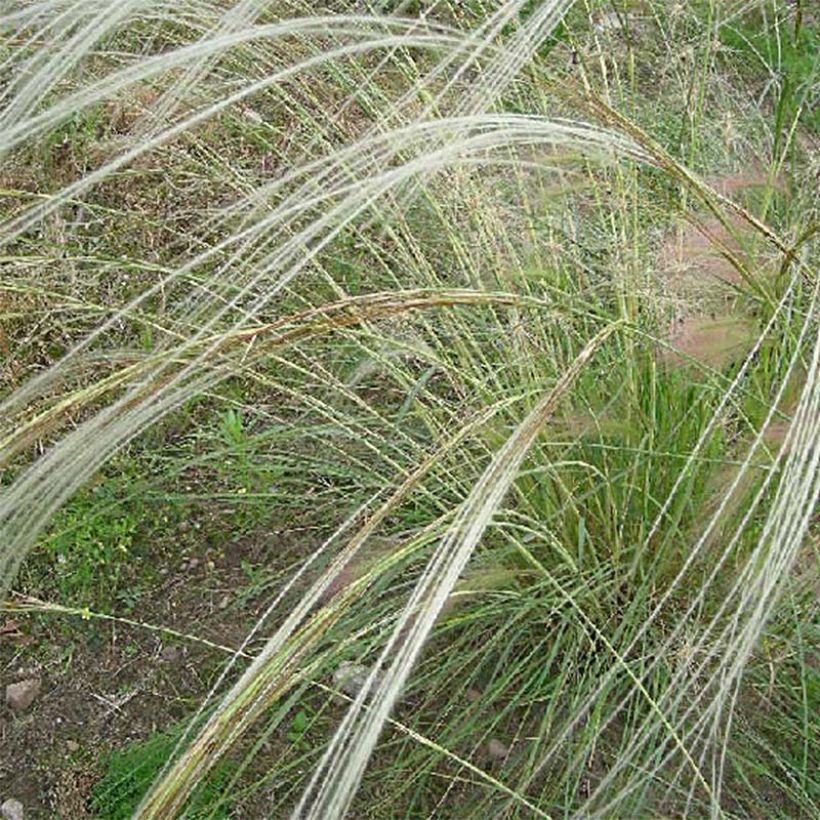

Flowering
Foliage
Plant habit
Botanical data
Stipa
barbata
Poaceae
Bearded Feather Grass, Silver Spike Grass, Silver Awn Grass
Mediterranean
Other Stipa
View all →Planting and care
Plant Stipa barbata in full sun or partial shade, in well-drained soil, even dry in summer, chalky and poor, or rocky or sandy. It is hardy down to -15°C (5°F) but hates soil which is heavy and waterlogged in winter. This lovely plant is easy to grow, without any problems or maintenance. Do not cut back the foliage in winter, simply comb it through in late winter with your hand to remove dried leaves.
Planting period
Intended location
Care
Planting & care advice
-
, onOrder confirmed
Reply from on Promesse de fleurs
Similar products
Haven't found what you were looking for?
Hardiness is the lowest winter temperature a plant can endure without suffering serious damage or even dying. However, hardiness is affected by location (a sheltered area, such as a patio), protection (winter cover) and soil type (hardiness is improved by well-drained soil).

Photo Sharing Terms & Conditions
In order to encourage gardeners to interact and share their experiences, Promesse de fleurs offers various media enabling content to be uploaded onto its Site - in particular via the ‘Photo sharing’ module.
The User agrees to refrain from:
- Posting any content that is illegal, prejudicial, insulting, racist, inciteful to hatred, revisionist, contrary to public decency, that infringes on privacy or on the privacy rights of third parties, in particular the publicity rights of persons and goods, intellectual property rights, or the right to privacy.
- Submitting content on behalf of a third party;
- Impersonate the identity of a third party and/or publish any personal information about a third party;
In general, the User undertakes to refrain from any unethical behaviour.
All Content (in particular text, comments, files, images, photos, videos, creative works, etc.), which may be subject to property or intellectual property rights, image or other private rights, shall remain the property of the User, subject to the limited rights granted by the terms of the licence granted by Promesse de fleurs as stated below. Users are at liberty to publish or not to publish such Content on the Site, notably via the ‘Photo Sharing’ facility, and accept that this Content shall be made public and freely accessible, notably on the Internet.
Users further acknowledge, undertake to have ,and guarantee that they hold all necessary rights and permissions to publish such material on the Site, in particular with regard to the legislation in force pertaining to any privacy, property, intellectual property, image, or contractual rights, or rights of any other nature. By publishing such Content on the Site, Users acknowledge accepting full liability as publishers of the Content within the meaning of the law, and grant Promesse de fleurs, free of charge, an inclusive, worldwide licence for the said Content for the entire duration of its publication, including all reproduction, representation, up/downloading, displaying, performing, transmission, and storage rights.
Users also grant permission for their name to be linked to the Content and accept that this link may not always be made available.
By engaging in posting material, Users consent to their Content becoming automatically accessible on the Internet, in particular on other sites and/or blogs and/or web pages of the Promesse de fleurs site, including in particular social pages and the Promesse de fleurs catalogue.
Users may secure the removal of entrusted content free of charge by issuing a simple request via our contact form.
The flowering period indicated on our website applies to countries and regions located in USDA zone 8 (France, the United Kingdom, Ireland, the Netherlands, etc.)
It will vary according to where you live:
- In zones 9 to 10 (Italy, Spain, Greece, etc.), flowering will occur about 2 to 4 weeks earlier.
- In zones 6 to 7 (Germany, Poland, Slovenia, and lower mountainous regions), flowering will be delayed by 2 to 3 weeks.
- In zone 5 (Central Europe, Scandinavia), blooming will be delayed by 3 to 5 weeks.
In temperate climates, pruning of spring-flowering shrubs (forsythia, spireas, etc.) should be done just after flowering.
Pruning of summer-flowering shrubs (Indian Lilac, Perovskia, etc.) can be done in winter or spring.
In cold regions as well as with frost-sensitive plants, avoid pruning too early when severe frosts may still occur.
The planting period indicated on our website applies to countries and regions located in USDA zone 8 (France, United Kingdom, Ireland, Netherlands).
It will vary according to where you live:
- In Mediterranean zones (Marseille, Madrid, Milan, etc.), autumn and winter are the best planting periods.
- In continental zones (Strasbourg, Munich, Vienna, etc.), delay planting by 2 to 3 weeks in spring and bring it forward by 2 to 4 weeks in autumn.
- In mountainous regions (the Alps, Pyrenees, Carpathians, etc.), it is best to plant in late spring (May-June) or late summer (August-September).
The harvesting period indicated on our website applies to countries and regions in USDA zone 8 (France, England, Ireland, the Netherlands).
In colder areas (Scandinavia, Poland, Austria...) fruit and vegetable harvests are likely to be delayed by 3-4 weeks.
In warmer areas (Italy, Spain, Greece, etc.), harvesting will probably take place earlier, depending on weather conditions.
The sowing periods indicated on our website apply to countries and regions within USDA Zone 8 (France, UK, Ireland, Netherlands).
In colder areas (Scandinavia, Poland, Austria...), delay any outdoor sowing by 3-4 weeks, or sow under glass.
In warmer climes (Italy, Spain, Greece, etc.), bring outdoor sowing forward by a few weeks.






























